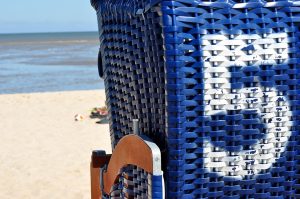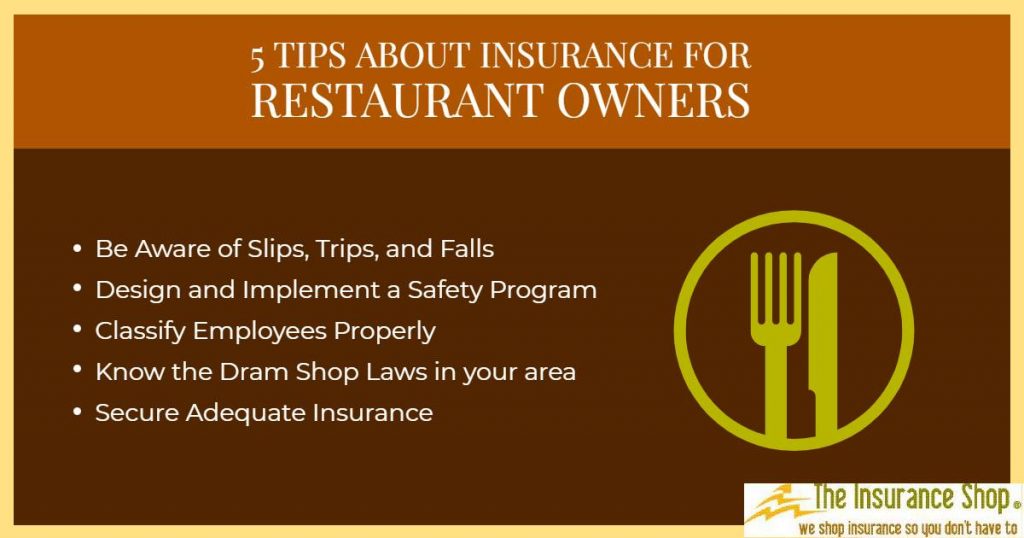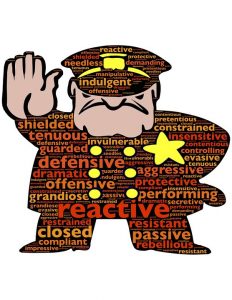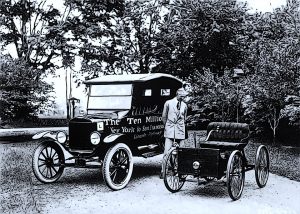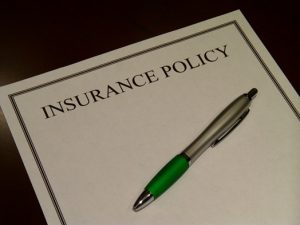How can you prepare your business for the next natural disaster that may come your way?
The devastation that can be caused by a natural Natural Disaster is all of the news media recently. After seeing the impact Hurricane Harvey has had on the communities of Southeastern Texas and now seeing the panic setting in throughout the state of Florida now might be a good time to plan for if a natural disaster were to strike your community. This is a good time to prepare for both what you would do to protect your family and friends, but also how to properly protect your business in the event of a natural disaster. Here are 5 tips for preparing your business in the event of a natural disaster.
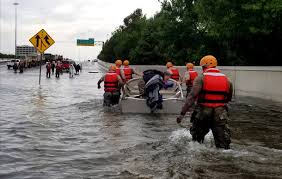
Call your insurance agent
Now is a great time to give your insurance agent a call and find out what exactly are the risks your business faces in relation to natural disasters and if you are protected from them. Now is a time when many other people are probably thinking the same thing, so have a bit of patience with your agent at this time. Schedule a good 20 to 30 minutes to have a long and honest conversation with them about your business. Spending a few extra minutes discussing your risks now can mean the difference between your business being closed for a few weeks and your business having to close its doors permanently because damage from the natural disaster was not covered by your insurance policies.
Create a Disaster Kit
Now is a good time to determine what you and your employees will need in the event you have to spend an extended amount of time at on your property without electricity. You should also have a plan in place for how you plan to secure all valuable items within the business like the internal server or important customer documents. There are many ways to do this, but the time to decide how you will secure these valuables is not in the few days before disaster strikes.

Develop a communication plan and practice it
Most successful business leaders know that communication is key. The leaders of your business need to have a plan in place for how they will communicate with your employees during a natural disaster. Safety is always a first and foremost priority, but you need to have a plan in place for how you plan to let them know when you plan to come back to work after a disaster. randomly practicing this communication plan is a great way to ensure it is effective when disaster strikes. Also, there may be ways you or other employees can help each other through the disaster. Facilitating this help can create loyalty among your staff that is invaluable to your business.
Create a Business Continuity Plan
Having a plan for how your business will continue to operate in the event of a natural disaster is crucial to the success of dealing with a disaster. For example, if your business operates online orders may continue to come in. You need to have a plan in place for how you will deal with the delays that will come with these orders. This is especially important if you are a nationwide or international business. People on the other side of the country or the other side of the globe may be going on with their day to day operations. You need to have a plan in place for how you will accommodate these customers in the event of a natural disaster.

Keep your insurance info and other vital docs safe
It is very important to keep your insurance information available. This should include contact names, phone numbers and email addresses of those you will need to communicate with. You should make sure more than one person knows where to access this information in the event of an emergency. This can expedite the claim process in the event that you need to file a claim. Protecting vital business records is also crucial.

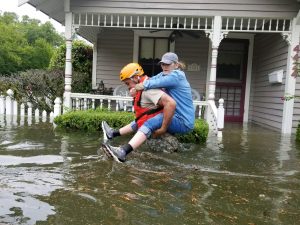
 When disaster strikes, the speed at which insurance companies process claims can be slowed dramatically. This process is important because the more quickly this process gets done, the more quickly the victims can get back to everyday life. Drones are helping
When disaster strikes, the speed at which insurance companies process claims can be slowed dramatically. This process is important because the more quickly this process gets done, the more quickly the victims can get back to everyday life. Drones are helping 

